Juan Genovés
Juan Genovés is one of Spain's best-known contemporary artists, whose works created a stir in a country then run by the Franco regime. Born in Valencia in 1930, Genovés trained at the city's School of Fine Arts. His firm belief in renewing Spanish art led him to join very significant groups in the post-war Spanish scene: 'Los Siete' (1949), 'Parpalló' (1956) and 'Hondo' (1960). In the 1960s, after settling permanently in Madrid, the artist began to consider two subjects in his painting: the 'individual', which he depicted through collage, and the 'crowd', which he painted with flat colours and in a cinematographic style. Parallel to his artistic activity, Genovés was heavily involved in the opposition movements of the time against the Franco regime. Following the death of the dictator, he played a role in the recovery of Spanish democracy. His painting “El abrazo” (1976) has became a powerful symbol of democracy and it now hangs in the Museo Nacional Centro de Arte Reina Sofía in Madrid. Throughout his life he was a committed activist for social justice. Over the course of his long career, Genovés received an honourable mention at the XXXIII Venice Biennale (1966), the gold medal at the VI San Marino International Biennial (1967), the International Marzotto Prize (1968), the National Award for Fine Arts (1984), the Award for Fine Arts of the Generalitat Valenciana (2002) and the Gold Medal of Merit for Fine Arts from the Ministry of Culture (2005). The artist passed away in Madrid on 15 May 2020.
Genovés’ work is found in many of the most important public collections in the United States and Europe, including: The Art Institute of Chicago, Chicago, IL; Centre National d’Art Contemporain, Paris, France; Galeria Nazionale d’Arte Moderna, Rome, Italy; The Museum of Modern Art and The Guggenheim Museum, both in New York; Museo Nacional Centro de Arte Reina Sofía, Madrid, Spain; Israel Museum, Jerusalem; IVAM, Valencia.

SELECTED WORKS
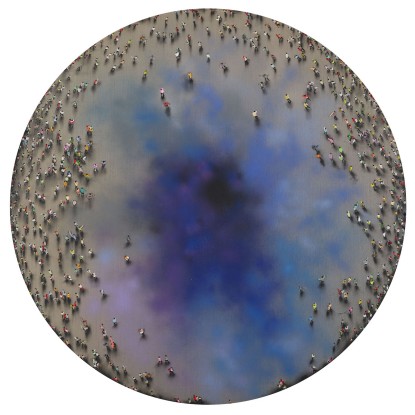
Juan Genovés, Vislumbre, 2017
Acrylic on canvas on board
200 x 200 cm | 78.7 x 78.7 in
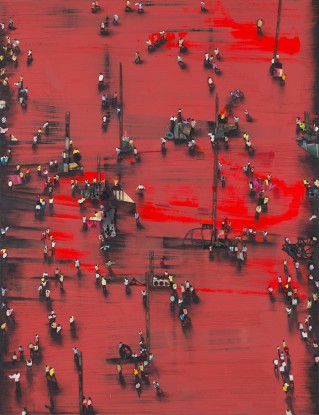
Juan Genovés, Ascuas, 2019
Acrylic on canvas
180 x 150 cm | 70.9 x 59.1 in
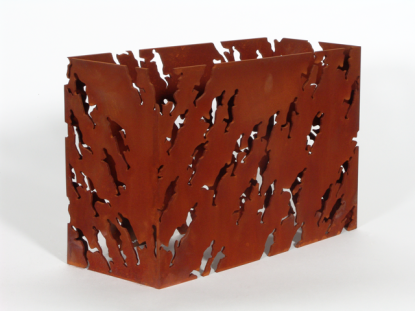
Juan Genovés, Enrejados II, 2007
Corten steel
35 x 51 x 16,5 cm | 13.8 x 20.1 x 6.5 in

Juan Genovés, Ahueque, 2017
Giclée on paper
74,5 x 56 cm | 29.3 x 22 in
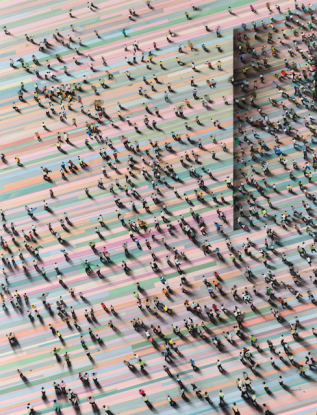
Juan Genovés, Canal, 2019
Acrylic on board
210 x 160 cm | 82.7 x 63 in
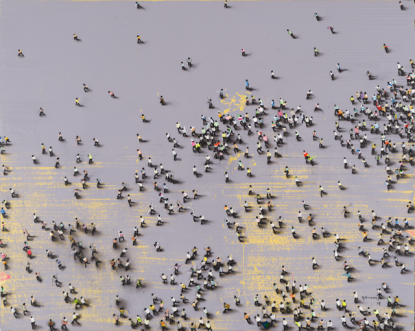
Juan Genovés, Hipótesis, 2019
Acrylic on canvas on board
120 x 150 cm | 47.2 x 59.1 in
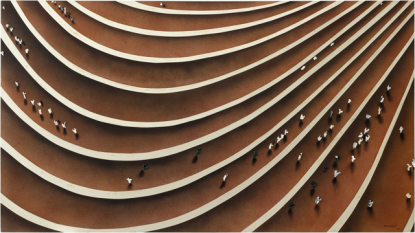
Juan Genovés, Bordeando, 2006
Acrylic on canvas on board
145 x 260 cm | 57.1 x 102.1 in

Juan Genovés, Asimetría, 2019
Giclée on paper Hahnemühle with handmade interventions by the artist
74 x 60 cm | 29.1 x 23.6 in

Juan Genovés, Aquí Allá, 2015
Acrylic on canvas on board
150 x 120 cm | 59.1 x 47.2 in

Juan Genovés, Espéculo, 2013
Lacquered aluminum
250 x 320 x 125 cm | 98.4 x 126 x 49.2 in

Juan Genovés, Circa, 2014
Acrylic on canvas mounted on board
150 cm | 59.1 in

Juan Genovés, Trastorno, 2017
Acrylic on canvas mounted on board
160 x 155 cm | 63 x 61 in

Juan Genovés, Está, 2011
Acrylic on board
120 x 150 cm | 47.2 x 59.1 in

Juan Genovés, El Punto, 2009
Acrylic on board
120 x 150 cm | 47.2 x 59.1 in

Juan Genovés, Extensión, 2009
Acrylic on canvas
160 x 210 cm | 63 x 82.7 in

Juan Genovés, Cuatro Caminos, 2006
Acrylic on canvas
200 x 210 cm | 78.7 x 82.7 in

Juan Genovés, Asentamiento, 2017
Acrylic on board
130 x 160 cm | 51.2 x §" in

Juan Genovés, Descampado, 2015
Acrylic on board
130 x 100 cm | 51.2 x 39.4 in